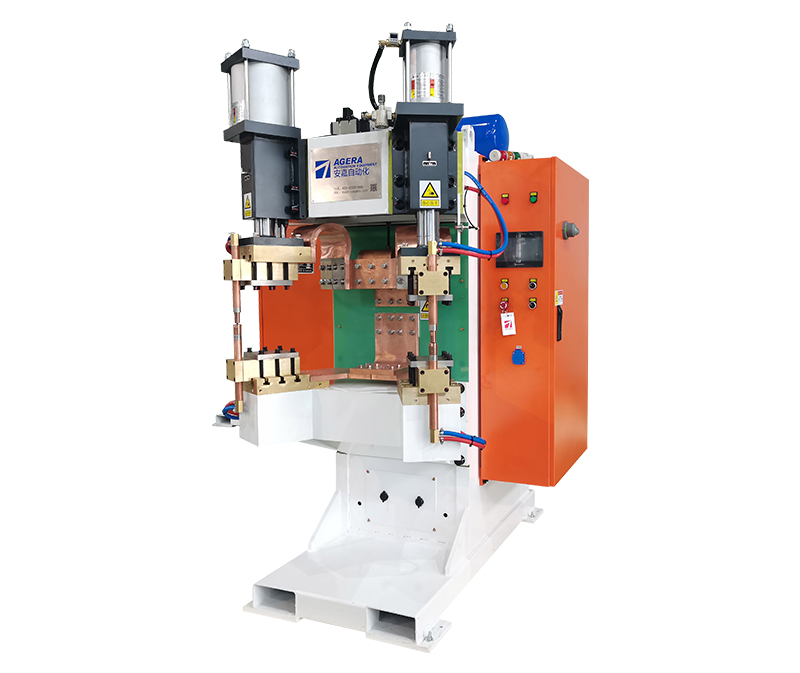Is a Nut Spot Welding Machine Equipped with a Chiller Necessary?
In industrial applications, the use of nut spot welding machines is quite common. These machines are crucial for securely joining nuts and various components, especially in the automotive and manufacturing industries. However, one question that often arises is whether or not a nut spot welding machine requires the addition of a chiller.
A chiller, in this context, refers to a cooling system that helps manage the temperature of the welding equipment. This cooling system can be a significant investment and may add to the overall cost of setting up a nut spot welding operation. Therefore, it’s essential to consider whether it is a necessity or an optional addition to the welding process.
The need for a chiller largely depends on several factors, including the type of nut spot welding machine being used, the materials being welded, the welding frequency, and the environment in which the machine operates. Here are some key points to consider:
- Welding Machine Type: Some nut spot welding machines generate a significant amount of heat during the welding process, which can affect the performance and lifespan of the equipment. In such cases, a chiller can be beneficial in maintaining consistent weld quality and preventing overheating.
- Material Compatibility: The materials being welded play a crucial role in determining the necessity of a chiller. Some materials are more sensitive to temperature variations, and a chiller can help ensure the welds remain strong and consistent.
- Welding Frequency: High-frequency welding operations tend to generate more heat, and if a nut spot welding machine is used continuously, a chiller can help prevent overheating and extend the machine’s longevity.
- Environmental Conditions: The temperature and humidity of the environment where the machine operates can influence the need for a chiller. In hot and humid conditions, a chiller can help maintain a stable working temperature, whereas in cooler environments, it may be less critical.
- Cost Considerations: Lastly, the decision to add a chiller should take into account the overall budget. While a chiller can be a valuable addition for some applications, it may not be necessary for others. A cost-benefit analysis should be performed to determine whether the investment in a chiller is justified.
In conclusion, whether a nut spot welding machine needs a chiller depends on various factors. It’s not a one-size-fits-all answer, and each case should be evaluated individually. A chiller can be a valuable asset in some situations, ensuring consistent weld quality and prolonging the life of the welding equipment. However, for low-frequency welding with materials that are not sensitive to temperature variations, a chiller may be an unnecessary expense. Careful consideration of the specific requirements and conditions of the welding operation is essential to make an informed decision regarding the inclusion of a chiller in the setup.
